Joy is brief for returning Lebanese families confronted by homes in ruins
Residents flock home after a ceasefire between Hezbollah and Israel was announced, but there are fears the war could start again.
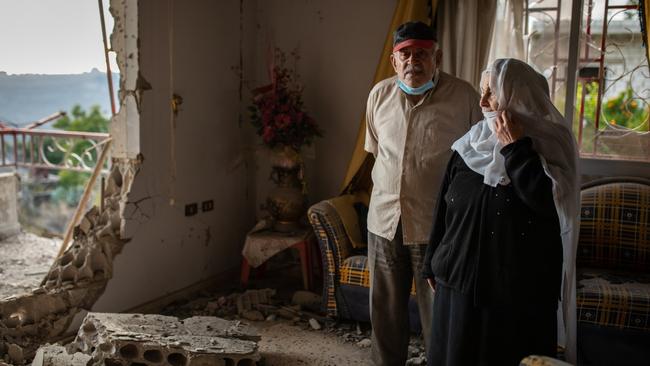
Sami Hayek almost ran the 12 flights of stairs up to his top floor apartment, skipping every other step. It was the first time he had been home in two months.
“We don’t even need a key,” he joked nervously arriving at his front door. It had been blown open by the force of an Israeli airstrike that hit the building next to his.
The laughter stopped as soon as he entered his home in Tyre, southern Lebanon. Every window was smashed, the interior doors had been knocked off their hinges and the blast had thrown his fridge across the kitchen.
“Unbelievable,” the 33-year-old charity worker said as broken glass crunched under his feet. “My home is broken.”
Sami had joined the tens of thousands of Lebanese heading south this week after a ceasefire came into effect that ended 13 months of war between Hezbollah and Israel. He ran home despite warnings not to do so; the Israeli military sent pre-recorded messages to many Lebanese reminding them that despite the ceasefire, south Lebanon was still a military zone.
Just days after it was announced, the shaky ceasefire had already begun to show cracks.
The Lebanese army announced that “the Israeli enemy had violated the agreement several times” on both Wednesday and Thursday.
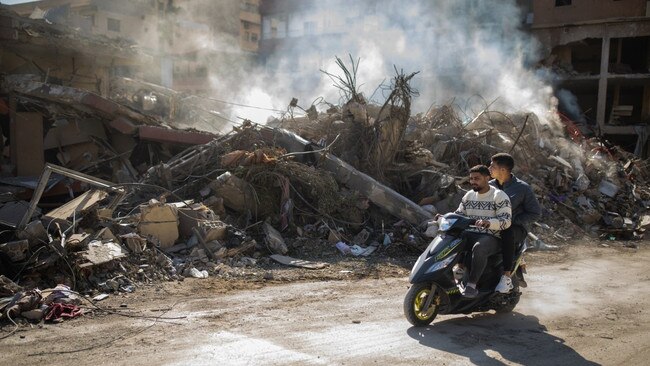
The Israeli military later put out a statement that said it had “identified two terrorists arriving at a known terrorist site” that had been used to fire rockets at Israel, before their air force bombed the area. It was the first attack of its kind since the ceasefire started.
Located 80km south of Beirut, but only 16km north of Lebanon’s border with Israel, Tyre has been the subject of relentless Israeli airstrikes.
Designated a UNESCO world heritage site due to the ancient roman ruins that sit in its centre, much of the city lies in ruins.
The apartment block next to Sami’s was hit by an Israeli bomb just minutes before the ceasefire between Hezbollah and Israel started.
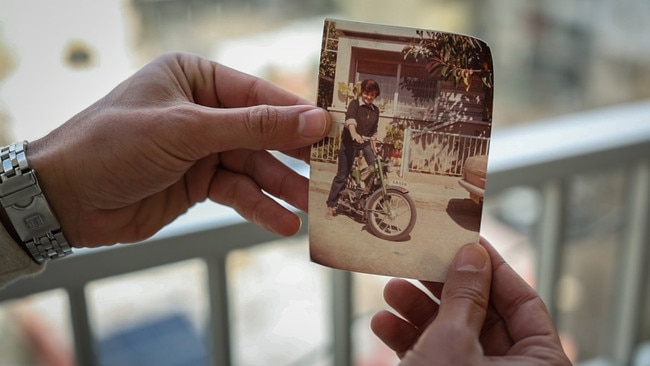
Sami stepped through what used to be the glass door on to his terrace and looked at the neighbouring building, or what was left of it – a pile of rubble with smoke still rising from it. He then pointed at an empty space opposite where his mother’s building once stood.
“I got this from my mother’s house,” he said, pulling a faded photograph of a woman sitting on a moped in 70s-style jeans and a shirt.
“This picture, it’s the only thing I could find.”
Sami’s mother is safe in Beirut. Like many other residents he and his family fled to the capital as the Israeli military stepped up its air campaign on September 23. He was one of the lucky ones.
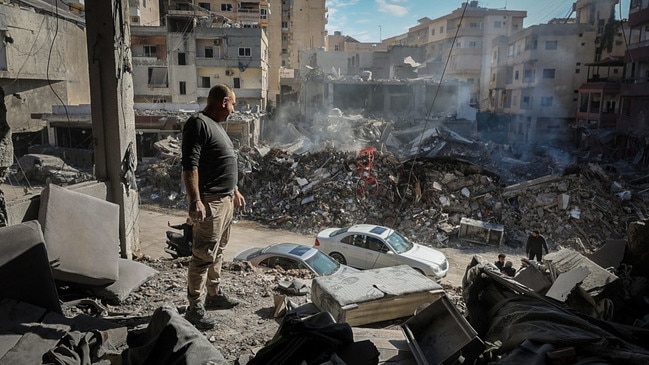
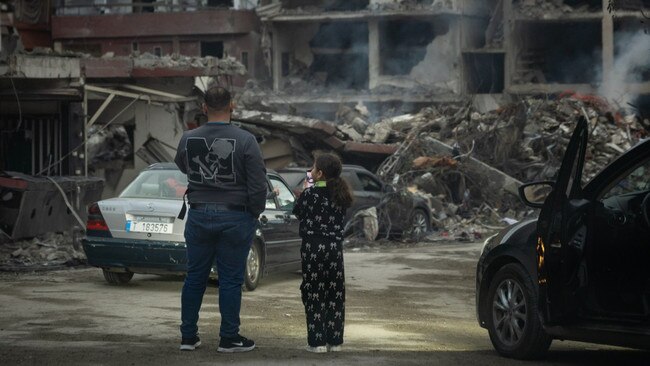
Across the street, Nemer Dayek stood in what used to be the living room of his first-floor home with his hands on his hips. He stared at the building opposite still smouldering following Wednesday morning’s strike. All around him was rubble and ash.
The force had blown a gaping hole in the wall. Now it was just an empty space for the world to see inside.
“The building opposite was hit just 30 minutes before the ceasefire,” he said, as his wife and daughter tried to pick belongings out of the wreckage. “One friend was injured and another was killed. I don’t know what I’m going to do next.”
Scenes like this were echoed in almost every village and town across south Lebanon. Piles of rubble where homes used to be, buildings pockmarked by shrapnel and earth scorched by airstrikes. Even so, the residents of the south kept coming.
Ever since the ceasefire was announced at 4am local time on Wednesday morning, those displaced by the war had been flocking home.
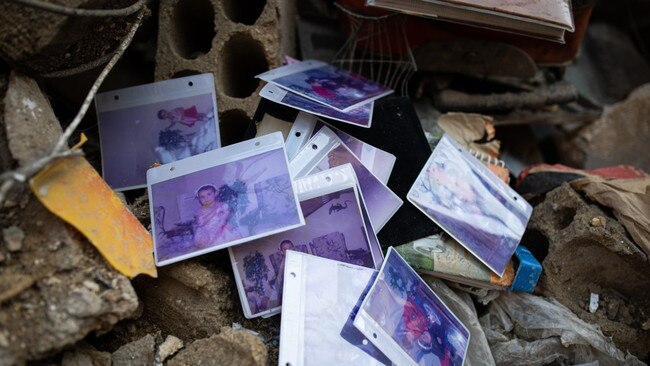
Cars piled high with belongings flew down the coastal highway heading south. Mattresses tied to the roofs bent backwards in the wind. Children smiled as they bounced around on the laps of their parents in the front seat.
In Zrariyeh, 13km northeast of Tyre, a young man smiled as he slammed on the brakes of his scooter. His sister, sitting behind, had just seen someone she recognised as the pair rode through the village. She jumped off the back laughing before running across the street to hug her friend, reunited for the first time in months.
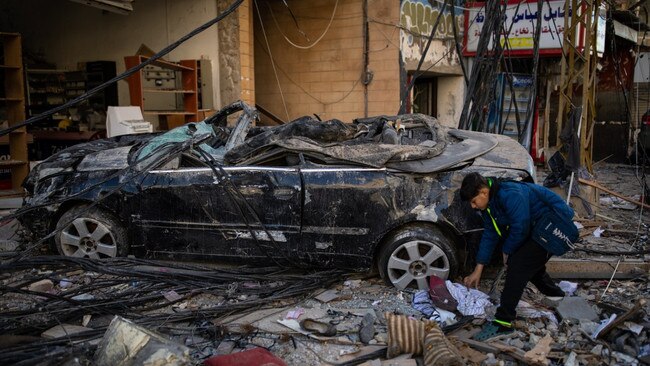
Not far away, laughter was exchanged for screams. In the town of Haris, a woman dressed in the traditional black Abaya, worn by some Shia Muslim women in Lebanon, broke down as she stood in front of her building, destroyed by an Israeli airstrike.
Even closer to the border with Israel is the predominantly Druze village of Ebel al-Saqi. Eight kilometres from Israel and 3km from the Lebanese town of Khiam, it found itself near the epicentre of battles between Hezbollah and Israeli troops.
During one such battle a tank shell landed on the balcony of Salim and Nabiha Mohamed Ghrobar’s home in Ebel al-Saqi. The couple, both in their eighties, looked shocked as they pointed out the hole in their living room wall and the damage to their bathroom.
“We’re alright, thank god,” Salim said as he looked across the 3km valley to Khiam. “God willing the war won’t start again.”
The Times


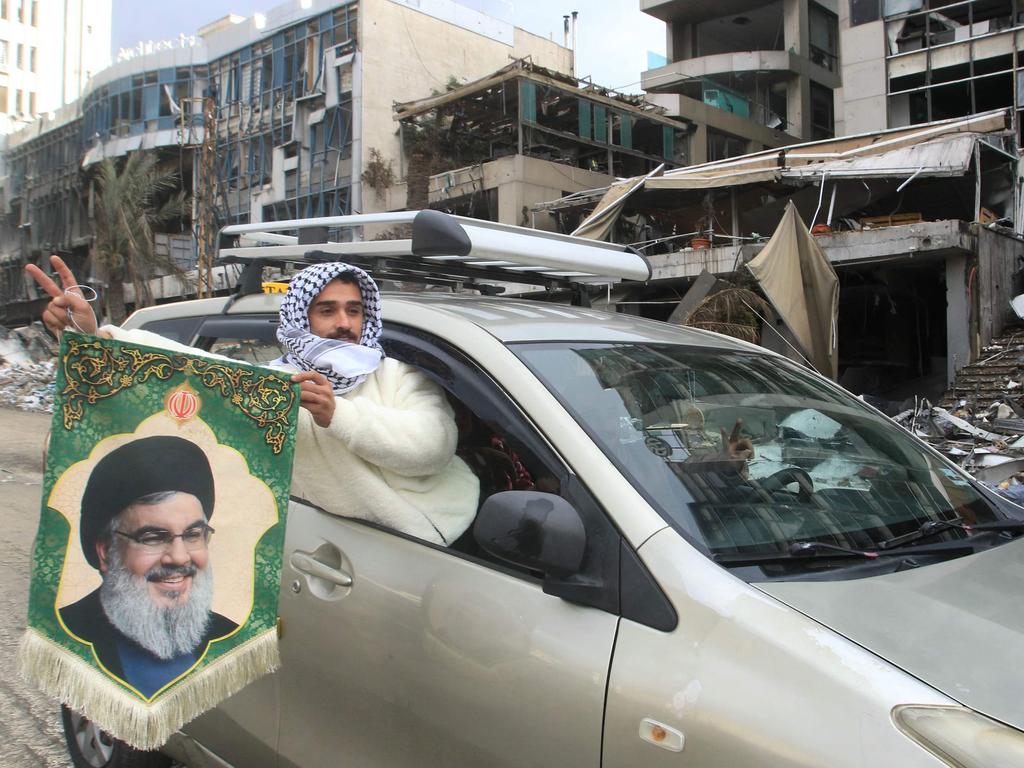


To join the conversation, please log in. Don't have an account? Register
Join the conversation, you are commenting as Logout